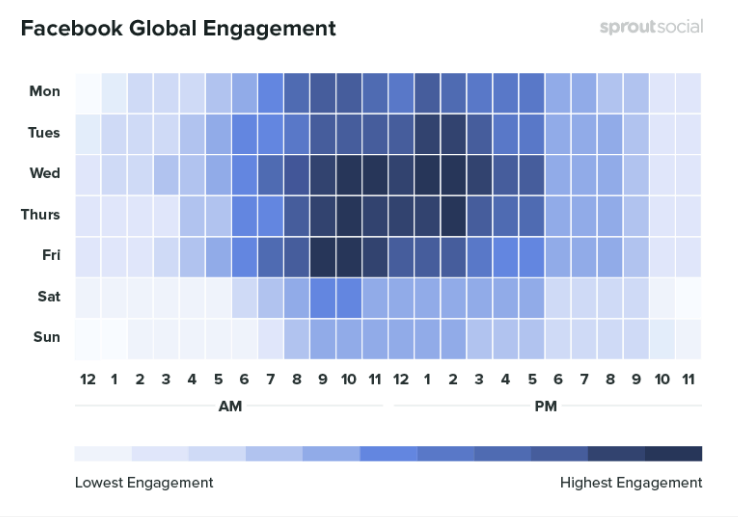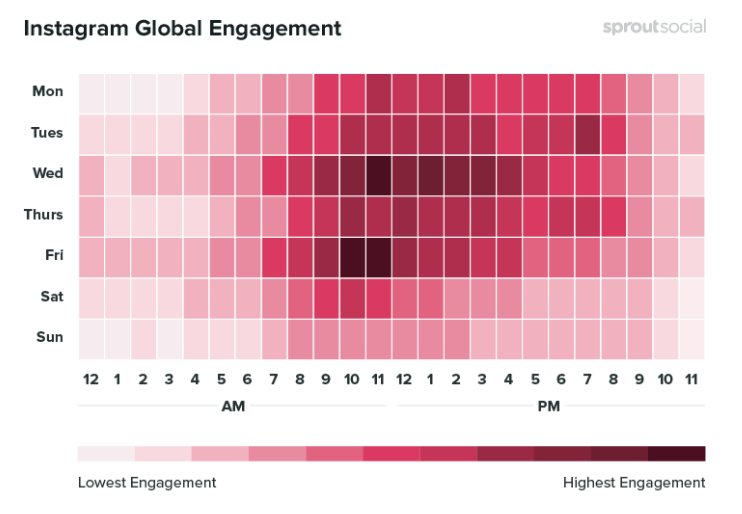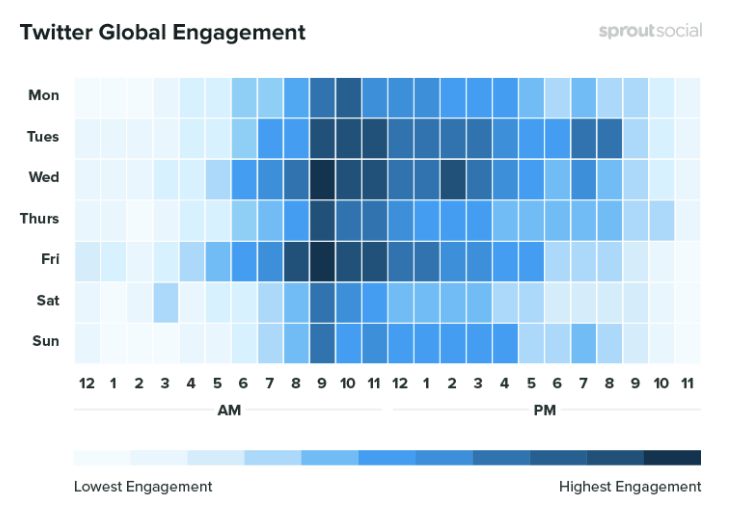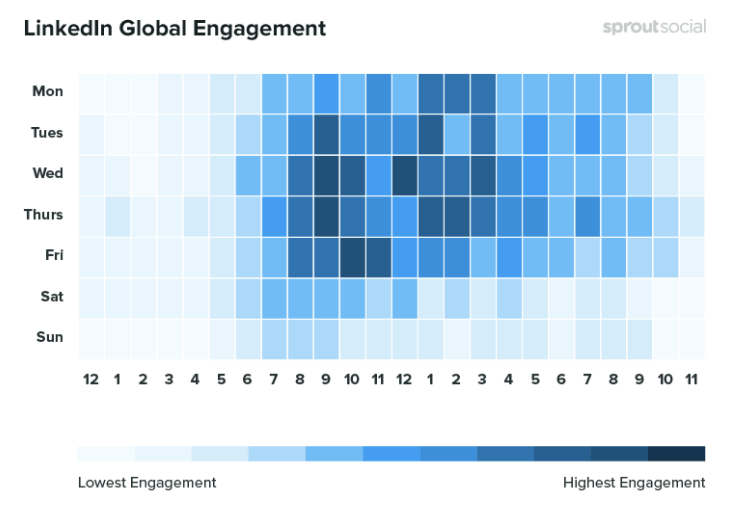How long have you been on social media? Longer than you can remember?
That’s about how it seems for most of us. Yet, at the same time, it may surprise you to learn that the very first social networking site started way back in 1997. Six Degrees was named for the “six degrees of separation” theory that everyone is connected by a maximum of six links, which is a theory which sometimes seems to be borne out by modern-day social media, too.
Well, Six Degrees has come and gone — it only lasted into 2001 — and in its place, a plethora of social media platforms have risen. Far from simply allowing us to connect with friends and family, social media gives us a range of uses in the business as well as the personal realm.
And there’s quite a big difference between the two. As individuals, we use social media to impart news, to start conversations, and to get attention.
Businesses, on the other hand, use social media to impart news, start conversations, and get — wait a minute.
Well, okay, maybe there’s more in common than originally thought. But though some of the methodologies used are similar, and some of the outcomes are identical, a lot of the details differ.
Businesses use social media to get exposure, to garner and drive traffic, and to chart consumer’s purchase patterns and gain other market insights. And marketing. Don’t forget marketing.
In fact, since marketing is what we’re here to discuss today, we’re going to focus on that aspect of the uses of social media. There are a lot of myths around marketing in general, so we’re going to debunk twelve social media marketing mythologies that are commonly believed, even though they’re dead wrong.
#1 – It’s impossible to measure the value of social media marketing
Absolutely untrue. You can quantify social media marketing, as a matter of fact, and it’s possible in a lot of different ways. According to marketing entrepreneur Neil Patel, there are two basic types:
- Ongoing analytics, which track activity over a period of time
- Campaign focused metrics, which are sets of analytical data with a beginning and end
How these quantifications are actually established is a little more complicated, of course. Each marketer needs to establish their own pattern based on individual details.
Here’s an easy way to break it down.
- Step one: Set your social media marketing goals. What do you want to achieve through your marketing?
- Step two: Create your metrics. This is where the individual details come in, because we all want something specifically valuable to us. Are you measuring engagement? Keep track of the number of comments, likes, retweets, and shares. Are you measuring awareness? Build metrics around how many followers you have, how many followers they may have, etc.
- Step three: Monitor the metrics. Set benchmarks over the first day, week, or month and keep track of how you’re measuring up over the subsequent time periods. Putting this info in graph format makes it easier to process and see where you’re going wrong — and what you’re doing right.
- Step four: Adjust metrics if needed — sometimes our information is a little off base — and do it all over again.
#2 – High number of followers = success
Speaking of metrics, here is a caveat to the above: one active, loyal follower is more valuable than a thousand follows or likes that don’t engage at all.
So it’s more than just the sheer numbers. Yes, it looks good to have 80k followers, but if you never have any retweets, reposts, linkbacks, shares, or comments, there’s really not as much social proof as you think. That’s why tracking the metrics of engagement beyond simple likes and follows is a much more important “tell” of successful marketing in Vero Beach.
#3 – The more content you post, the better, so quality doesn’t matter
I cannot emphasize enough how untrue this is. Yes, new posts do tend to get attention. But if what you’re posting is absolutely pointless, you’re going to have a lot of people back-clicking right out of there.
The general rule of thumb is to only post as often as you can provide quality content. That’s it. It’s easy.
And the value of this can be seen from the analytics surrounding social media marketing and follow-through. For instance, marketer Louse Myers suggests that we “use the analyzed data from previous marketing campaigns to see when your users are most active.” That should give us a better idea of the best times to post, to maximize the return.
Not only that, but with a little magic from Hubspot’s research, it’s obvious that pages with under ten thousand fans or followers saw a 50% drop if posting more than once a day. In short, you can actually give your followers post exhaustion, if you ignore the evidence.
Hubspot suggests posting no more than:
- Facebook – 3x per week
- Twitter – 3-30x per day
- Pinterest – 3-30x per day
- Instagram – 1-3x per day
- LinkedIn – 2x per week
#4 – It doesn’t matter when you post
Oh, but it does. Just as the metrics above point to the amount of times we should post for optimum interest, certain times of the day make a difference in engagement as well.




Happy hour, so to speak.
- Facebook: Wednesday 11 a.m. and 1 p.m.
- Instagram: Wednesday 11 a.m., Friday 10–11 a.m.
- Twitter: Wednesday 9 a.m., Friday 9 a.m.
- LinkedIn: Wednesday 9–10 a.m. and 12 p.m.
#5 – Ignore negative feedback
This is definitely not a good idea for a businessperson or a marketer. Negative feedback is just as valuable as positive feedback. It helps us to grow.
In terms of negative feedback on social media, it’s a good idea to be judicious about which comments you delete from your posts. Getting rid of complaints without addressing them tends to foster anger, which then makes the original commenter even louder about their complaints.
Four steps to dealing with negative comments on social media:
- Listen to the commenter. The odds are that they aren’t really trying to just tear you or your business down. Be calm and let them explain themselves.
- Respond quickly. It makes a good impression on everyone who is watching if you reply within an hour, whenever possible.
- Don’t respond in kind. Be truthful, but don’t just spout off everything you’re thinking.
- Respond publicly, and move to private message if necessary. This makes it clear to anyone else who’s watching that you did actually address the issue, and that you’re not just pretending it didn’t happen in the hopes that all negative feedback will magically go away.
#6 – No one is interested in you getting personal
Well, actually, getting personal can raise the interest level of those who are paying attention. Especially when it comes to a business account on social media: putting a human aspect to a brand increases engagement and interest. This is especially true in communities like Vero Beach, Sebastian and Fort Pierce.
Social business strategist Bryan Kramer calls this the H2H approach to business communications: human to human. Adding in personal touches, experiences, anecdotes, and especially humor makes a company seem more like a person.
#7 – Social media is completely separate from content
Nope, not true either.
What you create on your website or blog is intimately connected with what you post on your social media. It’s all about creating a coherent brand, and giving your customers access to you and your company. Content and social media actually work together to present that brand as a harmonious whole.
#8 – Social media marketing is free
Not quite. Though you can technically start up a Facebook or an Instagram account without shelling out money up front, social media still has a cost.
Some special features on some platforms have a small fee. This is especially true for business accounts, or for marketing.
Social media will definitely take up some of your time. And anything that takes up a business person’s time is definitely not “free.”
So, in a nutshell, social media marketing is cheap, comparatively speaking. But it is by no means absolutely free.
#9 – For true success, you have to be available and active on every single platform
The mythical nature of this myth depends somewhat on what your goals are as a social media marketer. If your goal is to have followers on every single platform, then yes, you need to be available and active on every single platform in order to reach that goal.
But that isn’t necessarily a goal that you need to have, or even one that you should have.
An important aspect of setting marketing goals is to determine your target audience and your objectives, and to take into account what you’re marketing to begin with. Paired with that, take a look at the statistics and demographics that EKM.com has so helpfully provided:

Facebook
- 2.2 billion monthly active users
- Age demographics 18-54

Instagram
- 800 million monthly active users
- Age demographics 18-29

Twitter
- 330 million monthly active users
- 18 – 29 most common age range
#10 – Everyone you follow will follow you back
This is a rookie mistake. In fact, if you’ve been on social media even privately, you know this isn’t true. Sometimes we can’t get our best friends to follow us back. Sometimes our own mothers.
It takes more effort than just clicking a button to follow someone. Use trending hashtags, link to other well-known people or brands, and add places to your posts. With each demographic you hit, the number of people viewing your content will increase, and give you more of a chance for a reciprocal follow once you hit the follow button yourself.
#11 – Social media is only for young people
My 80-year-old mother, who owns three tablets and is a regular on Facebook and Instagram, begs to differ.
In fact, not only is an older generation embracing social media, they even have their favorites. In 2017, for instance, 9% of Facebook users were over 55, according to Statista. Twitter also is increasingly seeing use from older ones. Instagram is following suit. So if you want to target an older audience, those are the platforms to focus on.
As a bonus, statistics indicate that baby boomers are more likely to click on a link rather than ignore it, as younger ones might do. So make sure that you include links on your social media posts.
#12 – Don’t chase your audience — they’ll come to you
This is sadly not true. It would be great if we could just set up social media, post once in a while, and expect that our potential customers will find us simply through the power of our awesomeness. But it just isn’t going to happen.
Whether you’ve just started your social media marketing journey or you’ve been doing this for a while, your growth will continue based on your effort and your methodology. Advertising, on social media and otherwise, is one of the best ways to reach people.
Entrepreneur gives us twelve tips to help increase your social media following:
- Create strong social media profile pages
- Share quality content
- Link to top social accounts on the website
- Add social accounts to your email signatures
- Cross-promote social accounts
- Follow your target market
- Use advertising
- Like other pages
- Open up your profile to followers
- Participate in groups
- Use hashtags
- Comment on posts
These twelve myths of social media marketing are not only untrue, they may actually have been hindering your own marketing efforts! But now that they are debunked, it’s time to wade back into the fray with an open mind.

